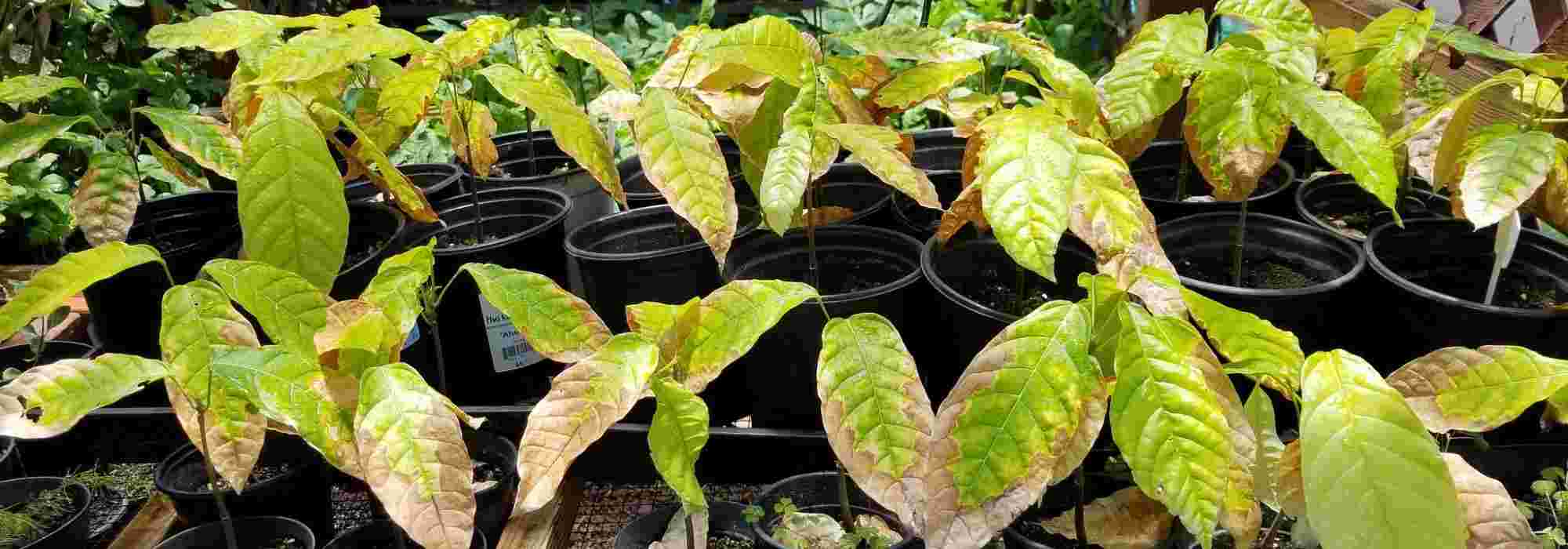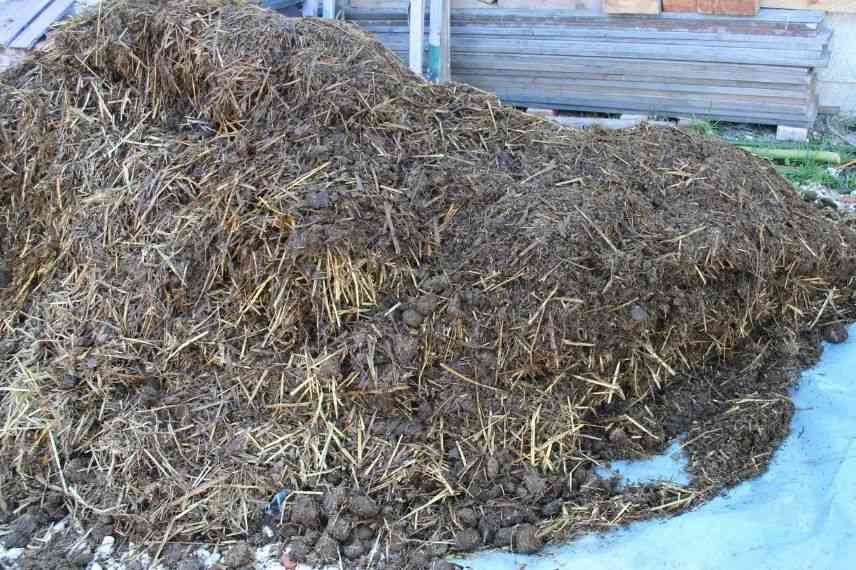
Nitrogen deficiency: what is it? How to avoid and remedy it?
In the garden and vegetable patch
Contents
You’ve been told time and again that you absolutely must mulch your soil and add organic matter. So that’s what you did, with all your usual good intentions. And then suddenly: boom — crash! Your plants aren’t growing a single hair anymore and their leaves are yellowing! What happened? Did you make a terrible mistake? How can you make sure it doesn’t happen again? Don’t panic: it’s just nitrogen deficiency!
People have been talking a lot lately about “nitrogen deficiency”. But what exactly is it? This fairly simple phenomenon can have unfortunate consequences for your crops: notably delayed growth. But although it’s perfectly natural, there are a few tricks to avoid this problem. We’ll tell you everything in this factsheet!
What is nitrogen deficiency?
Symptoms of nitrogen deficiency
Nitrogen deficiency manifests in two ways :
- Delayed growth : plants appear puny, they do not grow as quickly as they should. In short, they clearly need nitrogen even though everything had been done to prevent this deficiency.
- Yellowing of leaves : leaf yellowing can be a symptom of many different problems (chlorosis, thirst, …) but nitrogen deficiency should never be ruled out.

Yellowing of foliage can be a symptom of nitrogen deficiency
The only plants never affected by “nitrogen deficiency” are plants able to fix atmospheric nitrogen (N2) via bacteria or actinomycetes : this is the case of all Fabaceae (beans, peas, broad beans, clover, broom, …) but also of certain trees and bushes such as alder or sea buckthorn, for example.
A little chemistry to understand the phenomenon…
Nitrogen occurs naturally in organic form (proteins) in decomposing matter, then in ammoniacal form (NH3) during the mineralisation process, and finally as nitric acid (HNO3-) in soil water. This nitric acid must undergo nitrification via bacteria to become nitrite (NO2-) and then nitrate (NO3-). Let us not forget ammonification either: the breakdown by fungi and bacteria in the soil of proteins and amino acids into ammonium (NH4+). Nitrates (NO3-) and ammoniums (NH4+) are directly assimilable by plants. Nitrogen is essential for plants; it is the element that makes plants grow: it affects development of stems and leaves. It must be present continuously, but in small amounts, otherwise it leaches as nitrates into the subsoil.
Too much nitrogen is also harmful, plants may become spindly or develop “burnt” foliage. Other elements are essential for plant life: phosphorus (P) acts on the roots, for disease resistance and reproduction; potassium (K) acts mainly on flower and fruit; and trace elements such as manganese (Mn), magnesium (Mg), iron (Fe), copper (Cu), zinc (Zn), …
But nitrogen also serves in the degradation of organic matter during mineralisation. In reality, microorganisms responsible for transforming organic matter into mineral elements assimilable by plants need nitrogen to work. All available nitrogen is therefore temporarily immobilised and is not available to plants. This happens when there is an unbalanced C/N input: too much carbon relative to nitrogen. It is considered that 4 g of nitrogen are needed to degrade 100 g of carbon: the ratio should ideally approach 100/4. That is why, when producing compost, you are advised to remember to add plenty of “brown”, carbon-rich material (wood, dead leaves, cardboard, …) and a little “green” (plant material, vegetable waste, grass clippings, …).
Nitrogen deficiency can last from a few weeks to a few months before things return to normal (unless nitrogen correction is applied in the meantime). The effect lasts longer on sandy or poorly structured soils.
Nitrogen deficiency can also occur when soil is not sufficiently warmed at the start of spring (especially on clay soil), as bacteria responsible for mineralisation struggle to work efficiently. Consequently, there is not enough nitrogen available for plants. This phenomenon is quickly corrected as soon as the weather warms up a little.

Palm suffering from nitrogen deficiency
What to do about nitrogen deficiency?
Avoid nitrogen deficiency
You can prevent this phenomenon in several ways:
- Mulch at the right time: in autumn when plants’ nitrogen needs become very low or in late spring when soil has warmed sufficiently for bacteria and other microorganisms to carry out mineralisation properly.
- Do not incorporate fresh organic matter : although nitrogen deficiency can occur with BRF mulch, fresh straw or dead leaves for example, the phenomenon is quite anecdotal and can be avoided by a simple addition of well-rotted compost before mulching. By contrast, nitrogen deficiency often occurs when fresh, very carbon-rich organic matter is buried: wood, dead leaves, straw, cardboard, … It is often also recommended to add well-matured compost or well-decomposed manure. This is not idle talk: immature compost or poorly decomposed manure will cause nitrogen deficiency.

Pile of undecomposed manure
- Pre-compost organic material to be added : ideally start a composting process before incorporating organic matter into soil. Mineralisation process will already be under way and will require less nitrogen to continue afterwards.
→ read, for more on compost: “Succeed with your compost in 5 points”.
Responding to nitrogen deficiency
If plants in your garden show obvious signs of nitrogen deficiency, it is appropriate to respond. To do so, you can:
- Correct with a light nitrogen feed : by adding manure, nettle manure or comfrey manure, horn meal, well-matured compost, …
- Grow a leguminous green manure : vetch, sainfoin, clover, lucerne but also peas, beans, broad beans, …
- Leave fallow: sometimes letting nature take its course is a good idea. It will correct C/N ratio by itself. Moreover, a temporary nitrogen deficiency could bring native botanical diversity to that spot that would probably not have appeared with nitrogen-rich soil. Paradoxically, soils poorest in nitrogen are richest in different botanical species.
- Subscribe!
- Contents
































Comments